FV Hospital has successfully implemented CO₂ Angiodroid, providing access to safer treatment for patients who cannot use iodinated contrast agents, especially those with kidney failure.
CO₂ Technology : Safe angiography solution for patients with kidney failure and allergies to traditional contrast agents
Patient NVĐ. (76 years old, An Giang) has a long history of diabetes, limping due to constant pain, fatigue, and cramps in both legs when moving. 6 months ago, he had a wound on his right 4th toe, went to several medical facilities and took medicine but it did not go away and the disease became more and more severe. When the wound began to turn black and gangrenous, his family took him to FV Hospital.
Ultrasound and angiography results at FV showed that the right iliac artery was completely blocked for a long period, the left iliac artery was severely narrowed, the right leg artery was completely blocked, and the left leg artery was blocked by over 90%. Blood from the heart could hardly reach both legs - this was the reason for the necrosis of the toes and the constant pain in the right toes.
MSc.BSCKII Luong Ngoc Trung - Head of the Department of Thoracic, Vascular and Endovascular Surgery at FV Hospital said that the patient had diabetes; kidney failure, glomerular filtration rate at 40mL/min/1.73m 2 (normal people are over 90mL/min/1.73m 2 ). In addition, he also had severe coronary artery stenosis, high blood pressure, and high blood fat.

Doctor Luong Ngoc Trung examines a patient
PHOTO: FV
Given the patient’s complex health condition – both diabetes and severe kidney failure – the use of iodinated contrast agents in vascular interventions could pose additional risks to the kidneys, especially acute kidney failure caused by contrast agents. The FV team of doctors decided to pioneer the application of new technology: using CO₂ angiography during the intervention with the Italian Angiodroid system.
With the Angiodroid system, pure CO₂ gas is injected into the bloodstream, replacing traditional contrast agents, still providing sharp X-ray images while ensuring kidney safety. This is a technology that is being applied by many advanced medical centers in the world , now available for the first time in Vietnam.
Special surgery: combined endovascular intervention and bypass surgery
Mr. D.'s vascular interventional surgery took place in the Cathlab with the support of the Angiodroid CO₂ angiography machine, the Philips Allura Xper DSA system and necessary instruments. The goal of the surgery was to open up blood flow to the wound in the toe, helping to improve the patient's healing condition.
First, Dr. Trung treated the narrowed lesions in Mr. D's abdomen by endovascular intervention, dilation and stent placement. This technique avoids the traditional abdominal incision to bridge the blockage. Thanks to that, blood is directed to the arteries below the abdomen.
Then, because the patient's right iliac artery was severely stenotic and could not be treated with vascular intervention, Dr. Trung continued to perform a bypass surgery, creating a short bridge to conduct blood from the left femoral artery to the right thigh. The remaining areas of stenosis and blockage of the femoral artery, below the knee in both legs, were also dilated by Dr. Trung, and stents were placed through a small needle puncture.
After more than 3 hours of hybrid surgery (combining endovascular intervention and bypass surgery), the results showed that blood from the heart was directed to both of the patient's legs, helping to improve blood circulation.
"This is a very special treatment, because if we only do endovascular intervention as usual, we can only solve the problem in the left leg, but the right iliac artery has a long chronic occlusion, long-term calcification, and endovascular intervention cannot handle it," Dr. Trung further explained.

The endovascular intervention using CO₂ gas for angiography and bypass surgery for NVĐ patient was successfully performed by FV doctors.
PHOTO: FV
After the surgery, the patient recovered quickly. Just 4 days later, he was able to walk 500m, sleep well again and no longer in pain, the amputated wound on his necrotic toe began to heal. "I am truly grateful to the FV team of doctors and nurses for giving me a new life," he emotionally shared.
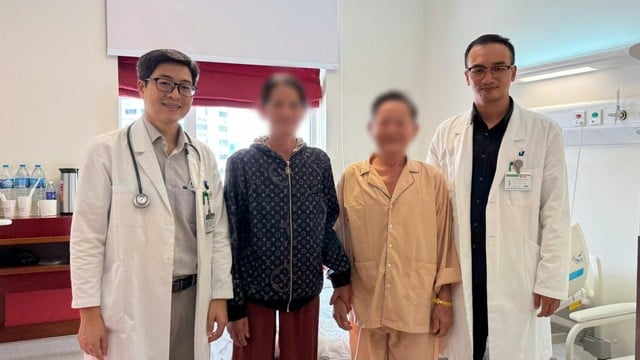
Doctor Luong Ngoc Trung (left) visited Mr. NVĐ before his discharge from the hospital.
PHOTO: FV
CO₂ Angiodroid – A breakthrough in vascular intervention in Vietnam
The Angiodroid CO₂ angiography machine acts as a medical CO₂ "pump" into the blood vessels to produce optical images that define the vascular structure.
The machine has a system that calculates the dose, pressure and speed of CO₂ gas injection into the body accurately, without causing embolism due to air bubbles. CO₂ gas now acts as a biological contrast agent, producing X-ray image quality equivalent to that of conventional iodine contrast agents.

Pure medical CO₂ gas is injected into the body to produce high quality X-ray images
PHOTO: ANGIODROID
This technology is especially useful for:
- Patients with allergies to iodine contrast agents
- Patients with renal failure or at risk of renal toxicity when using traditional contrast agents (diabetes, elderly...)
- Interventional intervention of lower limbs, iliac vessels, abdominal aorta, kidneys, liver, and peripheral veins
- Diabetic foot cases need to examine the blood supply.
For more information about the new method mentioned above, readers can go directly to FV Hospital: No. 06 Nguyen Luong Bang, Tan My Ward (old District 7), Ho Chi Minh City or contact (028) 3511 3333.
Source: https://thanhnien.vn/fv-thuc-hien-ca-can-thiep-su-dung-khi-co-chup-mach-dau-tien-tai-viet-nam-185251010084934625.htm



![[Photo] "Exposing letters" in the flood center of Lang Son](https://vphoto.vietnam.vn/thumb/1200x675/vietnam/resource/IMAGE/2025/10/10/1760080117518_ndo_br_z7101324112737-07cd4d1c01801a8ccf4ae0cbaf31c4a3-507-jpg.webp)

![[Photo] Standing member of the Secretariat Tran Cam Tu works with the Standing Committee of the Party Committee of the Ministry of Health](https://vphoto.vietnam.vn/thumb/1200x675/vietnam/resource/IMAGE/2025/10/10/1760079818773_image-4-6972-jpg.webp)
![[Photo] Unique Phu Gia horse hat weaving craft](https://vphoto.vietnam.vn/thumb/1200x675/vietnam/resource/IMAGE/2025/10/10/1760084018320_ndo_br_01-jpg.webp)
![[Photo] Prime Minister Pham Minh Chinh attends the Patriotic Emulation Congress of Hanoi city](https://vphoto.vietnam.vn/thumb/1200x675/vietnam/resource/IMAGE/2025/10/10/1760078918257_dsc-2008-jpg.webp)
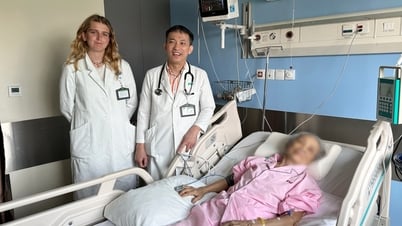
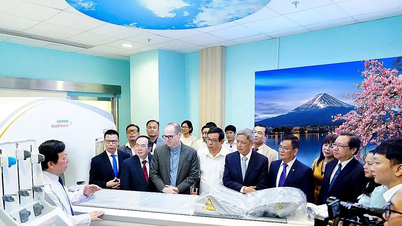

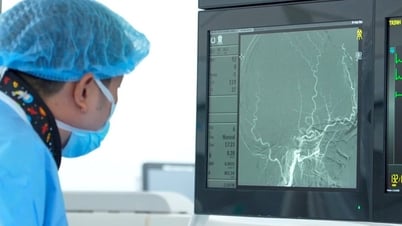
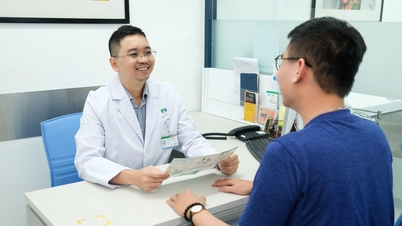
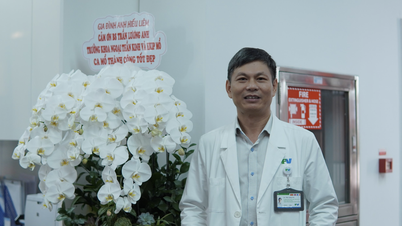









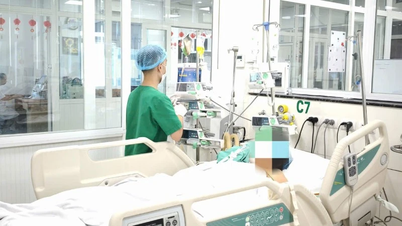











































![[Photo] President Luong Cuong presents decisions on conferring titles and appointing Vietnamese Ambassadors](https://vphoto.vietnam.vn/thumb/402x226/vietnam/resource/IMAGE/2025/10/10/1760082105623_image-1.jpeg)

































Comment (0)